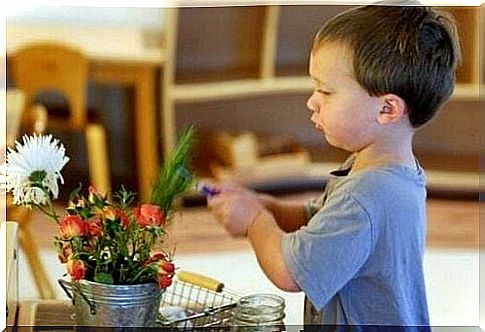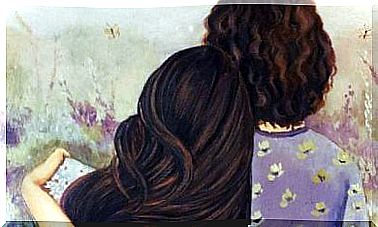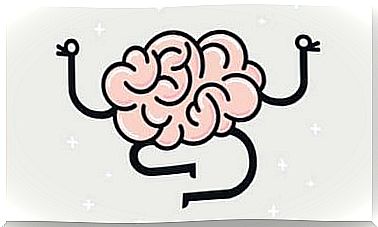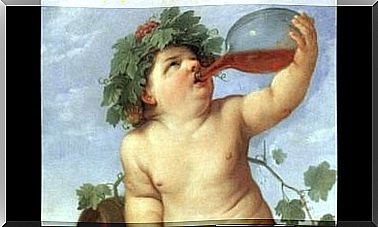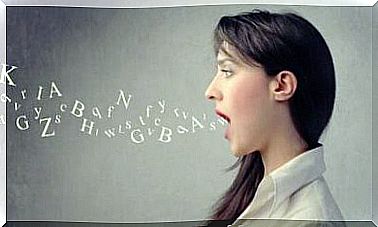The Influence Of The Montessori Method Today
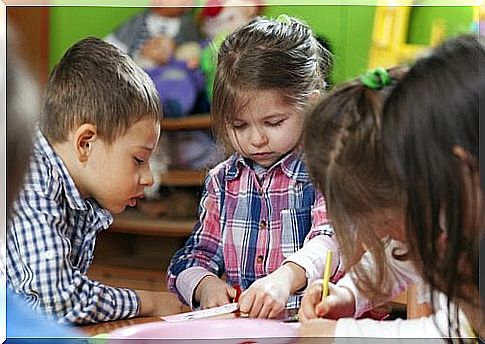
Maria Montessori is the creator of a learning method that revolutionized what we know about children’s early education. So great was the influence of the Montessori method that its name surpassed the field. The method she had in mind placed special focus on play and play, making it the perfect means of developing diverse skills and abilities in children.
Many kindergartens are a good example of this method. We are talking about non-compulsory education that focuses on fun, play and flexibility. It gives children space to be spontaneous and take initiative. Basically, the Montessori method encourages the development of independence in the youngest children. At the same time, it helps them acquire basic values such as togetherness, cooperation and respect.
The basic principles of the Montessori method
We can analyze the basic principles that make up the influence of the Montessori method today. Although it can be implemented in different ways depending on the preferences of the teachers, we will explain the essence of the method below.
To begin with, Montessori encourages the method of exploration-based learning. We all possess an innate curiosity. Montessori teachers believe that children learn better if something arouses this natural curiosity in them, making them want to learn more and make their own discoveries. The method takes advantage of the natural tendency of children to ask questions and find answers.
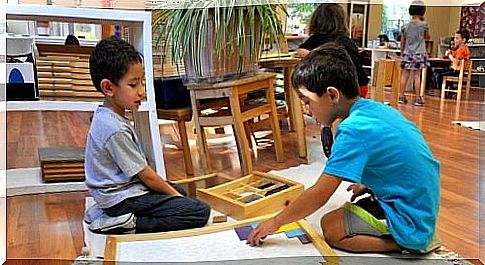
Proponents of the method also believe that the environment should meet the needs of each child according to their circumstances (age, culture, a diagnosis such as autism, etc.). In addition, the method must be adapted to the natural materials with which each child can interact and play. Here we are talking about wood, soil, and other natural materials.
All the games that the teacher uses must involve collaboration. The teacher must also overlook, lead and coordinate these games. But in relation to the learning process itself, the teacher must intervene as little as possible. Instead, they should try to simply guide the students in their learning.
The Montessori method aims to reverse the traditional education. The goal is to turn the classroom into a dynamic and fun experience. For this reason, every hour lasts about 3 hours, without any disturbance.
To conclude our discussion of the principles of this method, we will also mention that the Montessori method divides classes into age groups rather than grade levels (with an age difference of no more than three years). For example, children aged 6 and 9 would be together in a classroom. This is how they are allowed to interact with different ages. It is very beneficial for them.
The influence of the Montessori method now
Fortunately, the influence of the Montessori method has survived the passage of time. It is still used today in various schools. It encourages play and children’s independence and self-government, as well as play with many different elements to arouse curiosity. In short, it makes use of children’s natural propensity for play and fun, so this becomes the engine behind their education.
But this is not the case within the conventional education system for younger children. Children spend hours listening attentively to their teachers and are rewarded for not talking (or punished for doing so). They are unable to talk or play, and must give their attention to others for long periods of time. In addition, the classes are in competition with each other. One class will always be higher than another. This deprives children of their innate motivation to learn.
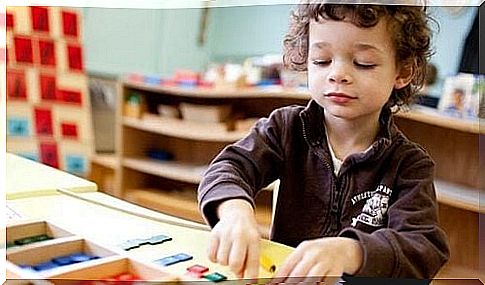
The Montessori method after primary school?
There are several schools that have therefore chosen to follow the Montessori method instead. But despite this, there are still doubts. Is the Montessori method only for children between 0 and 6 years? Although most schools only offer this method to the youngest children, Maria Montessori actually designed the system so that it could be used up to the age of 12 years.
But the influence of the Montessori method could also extend beyond this, and all the way up to the high school level. Although Maria Montessori did not have time to design and develop the system completely for this later stage, she left some established guidelines for the steps one can take with older children.
The current education system focuses a lot on grades. For this reason, a lot of pressure is put on the students to perform tasks that will lead to a good grade in the end. The Montessori method aims to the opposite. There are no tests or homework because the primary goal is to learn, not to achieve the highest grade.
The information we have tells us that the education that takes place after the age of 12 in primary school is boring for the students. Instead of motivating them, it leads them to believe that school is useless. D enne situation should provoke us enough to reconsider our learning strategy. As it is now, we encourage competition. Grades instill in students the belief that they are either unsuccessful or intelligent. But what should be most important in an education is that students feel motivated to understand the world around them.
